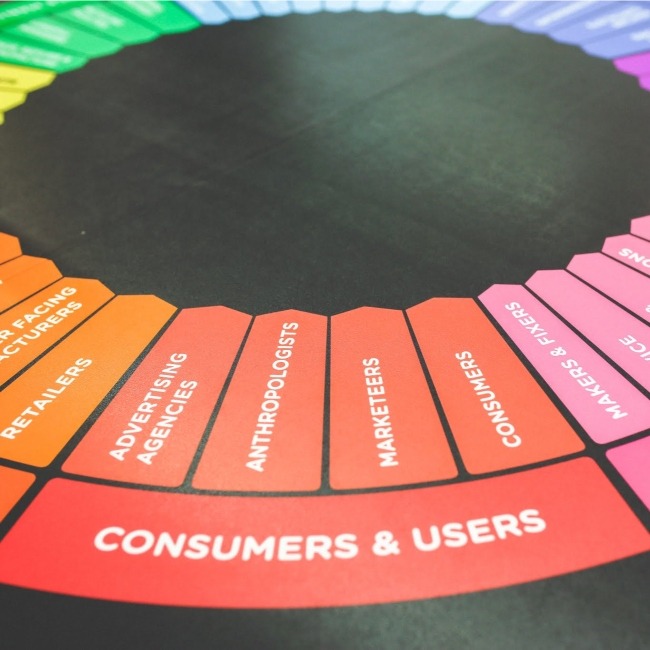Rapid prototyping is one the most profound career discoveries I’ve had. Thanks to Tom Chi in 2012, I learnt that prototyping a product idea is both humbling and compelling.
After conducting thousands of prototyping tests, I’ve learnt one key thing:
An idea for a new product doesn’t live in a PowerPoint deck. It lives in the hands of your customers.
Prototyping helps to take an abstract idea for a product or service and translate that into an approximation. This prototype should be a low-fidelity example. This mock-up or model will give customers something they can interact with and touch. The essential measure in prototyping is that it manifests as a sensory experience.
When we prototype with our potential customers, it feels a little weird at the start. However, once you get used to it, it becomes so exciting because we begin to understand our customer – empathy.
So once we’ve tested enough times, we start to learn the more significant problems of customers. There is the learning magic: the path towards a product customers deeply desire because it solves their problems.
Here are the three stages of prototyping I recommend for prototyping.
Step 1: Diagnostic prototyping
Let’s assume you have some validated customer pains and gains. If not, you need to read how to do customer research.
You want to test these early-stage ideas. Do they hold up? Maybe you have several solutions, but you don’t know which problem matters the most to the customer. This situation is the perfect context for diagnostic prototyping.
Here are three great early stage prototyping exercises:
- Shadow observations: Observe how customers currently get the job done.
- Role play: Run guided spoken interaction or improvisation to understand the context.
- Card sorting: Create priority setting and logic for understanding what matters.
Step 2: Stimulus prototyping
Now it’s time to propose solutions. These are called pain relievers and gain creators. You are now making a permanent shift from diagnostics to offering solutions to your customers.
These three exercises are neat, low-risk prototypes for very primitive solutions:
- Timelines: Propose a new customer journey overtime and ask for feedback.
- Posters: Make a simple proposition and run a messaging test of a new product or service.
- Scripts: Do a sales or service role play that offers a new way.
Step 3: Experience prototyping
Things get fun at this stage. We can now build things in the digital or analogue world. These prototypes will start to look and feel a lot more like the final product.
Tools like Sketch and InVision let you make digital prototypes that feel surprisingly finished. Good old paper and cardboard are versatile tools to create physical products and services come to life.
Here are some higher fidelity prototypes you can make for your customers:
- Single Features: Reduce your prototype to its essential feature. Raw and unfiltered.
- Onboarding: Design a self-explanatory process for customers to set up and orientate into the new service.
- Products: For those feeling brave, you can build a prototype of the entire experience, but be warned it will take you some time.
For even the most complex technologies, it all starts without a single line of code. That’s the magic of rapid prototyping.
Along the way, the process becomes defined by your rate of learning. The more you test, the more you learn. The more you learn, the better the odds of avoiding a crappy product.



No Comments